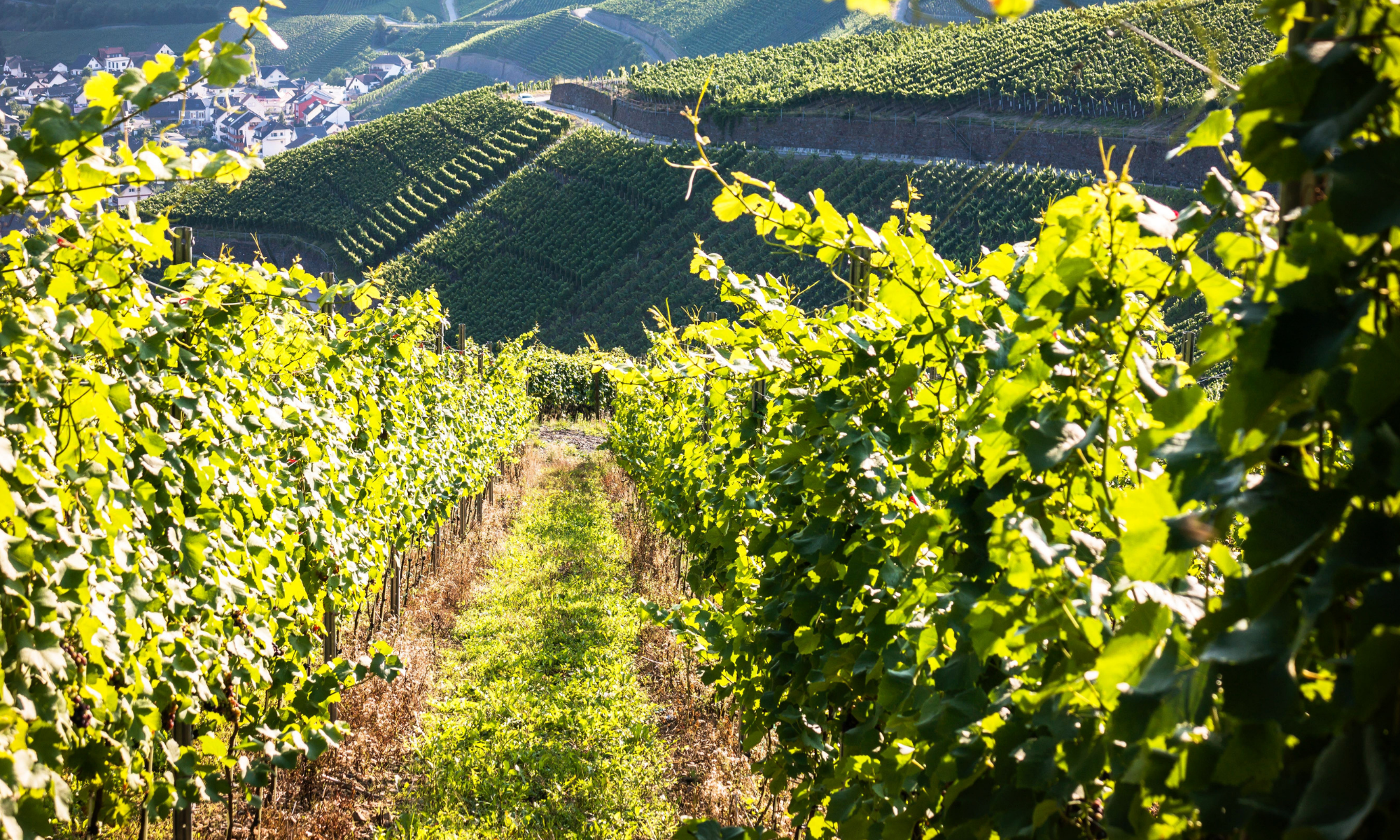Today at Growing with Science blog we delve into a new middle grade book, Living Fossils: Survivors from Earth’s Distant Past by Rebecca E. Hirsch.

In Living Fossils, Rebecca Hirsch has scoured the earth for animals that not only look like their fossil ancestors, but also are the last few species of their kind. She has put together a fascinating collection of six amazing animals.
I knew that Living Fossils would be one of my new favorite books when I flipped the pages to the introduction and spotted a velvet worm. Every entomologist knows about velvet worms (Phylum Onychophora) because they have characteristics of both arthropods (the phylum containing insects) and annelids (earthworms, etc.). However, you don’t often see these unusual critters mentioned in children’s books.
Other animals covered include the horseshoe crab, which up to recently has been the only source of a chemical with important value to the medical field, and the chambered nautilus (also shown on the cover). Have you ever seen one of these cool mollusks at an aquarium?
Chapter 6 discusses another of my most-liked creatures, the platypus. It took forever for scientists to figure out where to categorize these animals that look like a bird/mammal mash up. Hirsch writes about how the decision was made.
I’m not going to reveal the last animal she picked, but it was one I — a biologist — had never heard of before. What a survivor it is, one that has managed to stay hidden from humans for decades.
All in all, this book is a tribute to the incredible diversity of animals on our planet, as well as a clear call that we need to conserve them.
Living Fossils will entrance budding biologists. Educators will appreciate the deep, careful research and extensive back matter. Investigate a copy today!
Copyright © 2020 Roberta Gibson All Rights Reserved.

